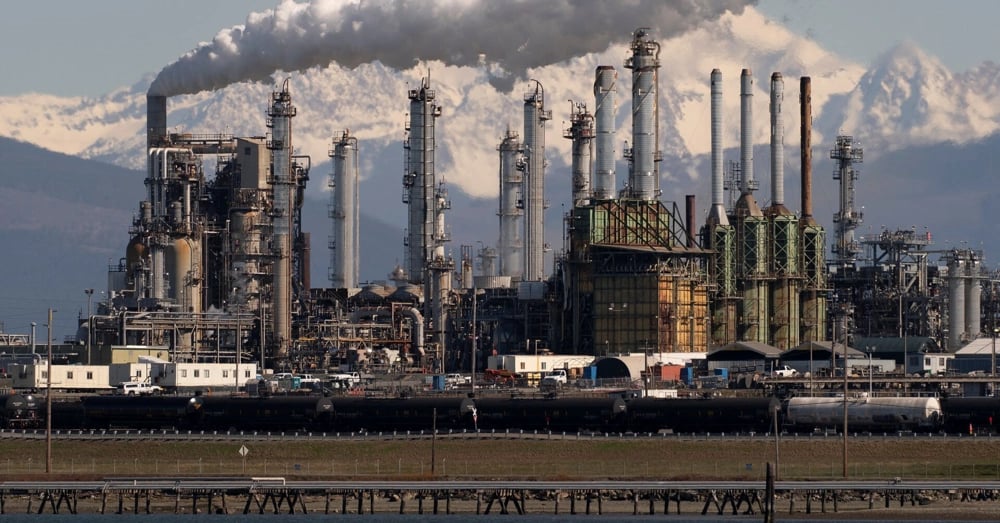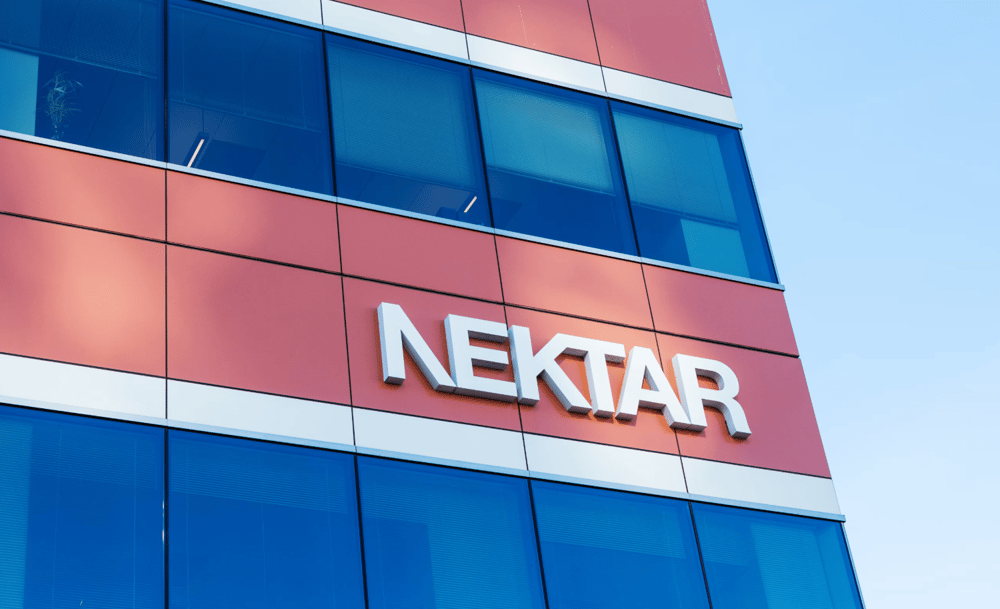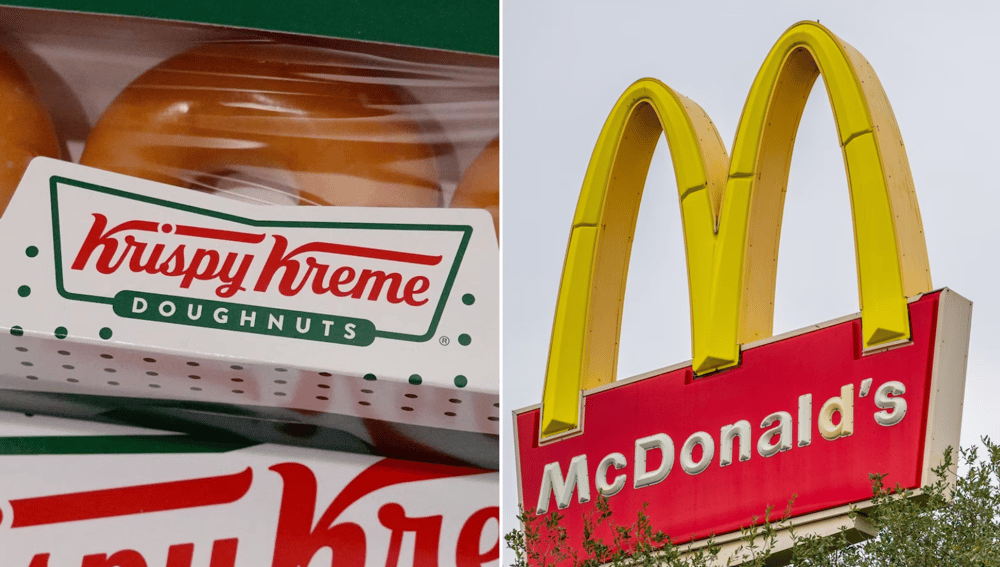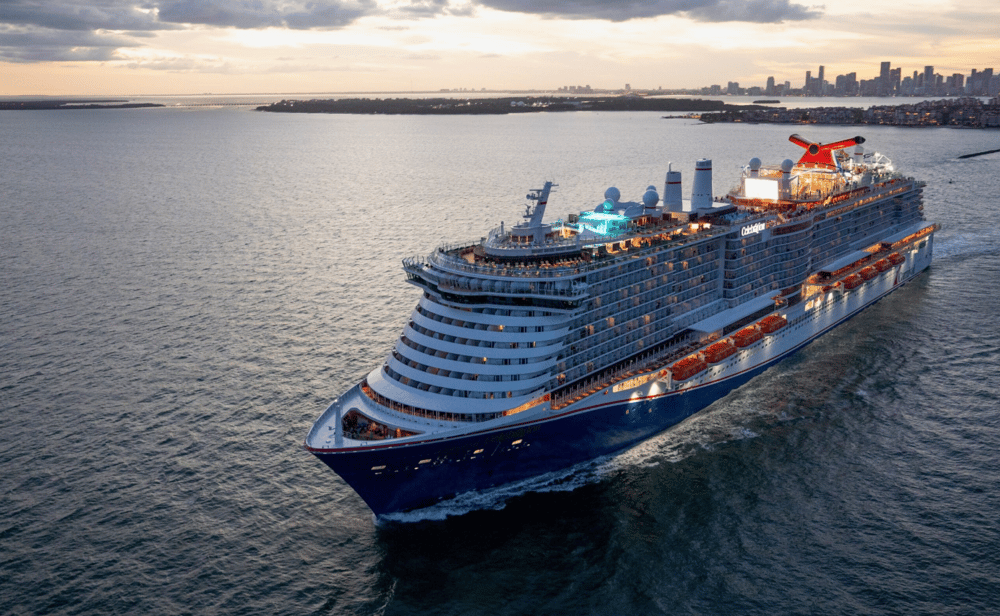LVMH Experiences Sharp Market Value Decline, Slips from Europe's Top Five
LVMH Moët Hennessy Louis Vuitton SE $LVMHF, a bellwether of the luxury sector, no longer ranks among the five most valuable public companies in Europe. This shift comes on the heels of the company’s most pronounced share price downturn since the onset of the 2008 global financial crisis. Thursday’s trading session saw LVMH’s stock plunge by approximately 3%, intensifying the cumulative year-to-date loss to 25%.
Market Capitalization Falls Behind Nestlé
LVMH’s current market capitalization stands at roughly EUR 239 billion (USD 270 billion), placing it below that of Nestlé SA $NESN.SW, the Swiss consumer goods conglomerate. This transition signifies more than a statistical reshuffle; it underscores evolving investor sentiment and sector rotation dynamics in the European equities landscape.

Key Factors Contributing to LVMH's Market Position Shift
Weakening Luxury Demand: Demand headwinds across key markets, including sluggish consumer appetite in China and softening high-end spending patterns, have weighed heavily on LVMH’s sales trajectory.
Sector-Specific Pressures: The global luxury goods sector has experienced significant volatility, prompting risk reassessment and valuation adjustments by institutional investors.
Comparative Stability of Consumer Staples: Nestlé’s business model, focused on essential packaged goods, has supported relative earnings stability despite complex macroeconomic conditions.
Macroeconomic Challenges: Broader economic uncertainty, currency fluctuations, and geopolitical risks have contributed to increased risk aversion among market participants.
Historical Context: The current downturn in LVMH shares marks the steepest retracement since the financial turmoil of 2008, highlighting the severity of present challenges.

Strategic Implications for the Luxury Segment
LVMH’s recent performance draws attention to structural risks in premium consumer discretionary industries. Ongoing uncertainty in demand patterns, particularly from major Asian markets and the US, places further pressure on forward earnings visibility. This scenario is prompting industry-wide evaluations of capital allocation, brand positioning, and cost management strategies.
Meanwhile, the ascent of consumer staples companies, led by Nestlé, reflects a market shift toward defensiveness, with investors prioritizing predictable revenue streams over cyclical growth prospects. This transition has broader implications for sectoral weightings in European equity indices and ongoing capital flows.















Comments
Seeing LVMH slip out of the top five really highlights how volatile even the strongest brands can be in today’s market.
LVMH’s sharp slide serves as a stark reminder that even luxury giants aren’t immune to turbulent market forces.